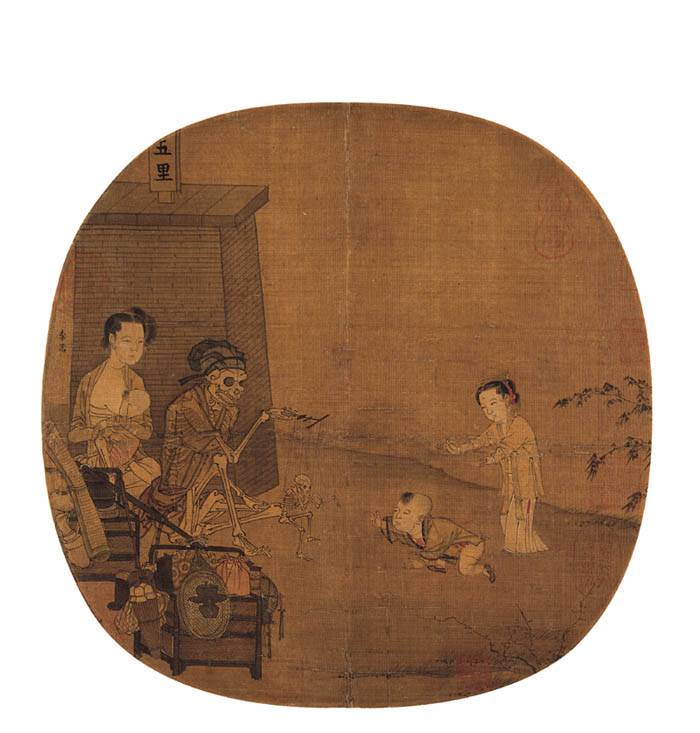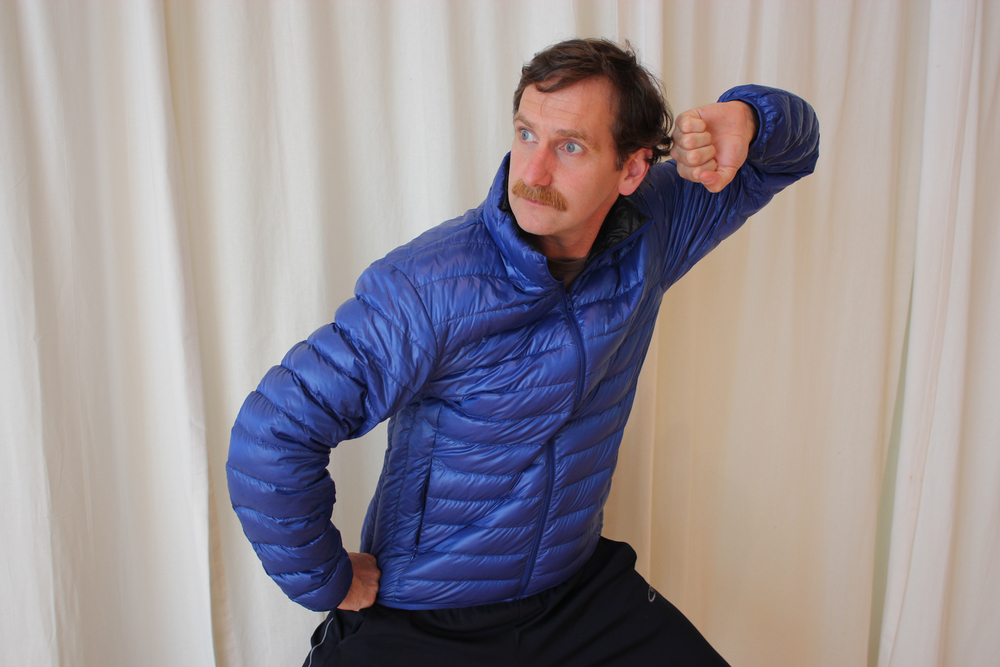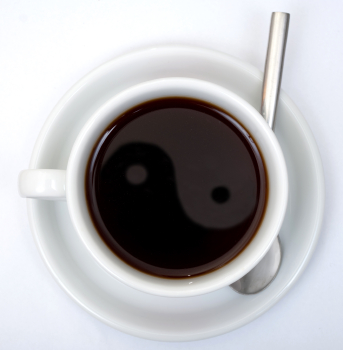Conditioning vs. Learning
/I picked up a few different types of outlining software/apps and I'm wondering if it is a good way to produce blog posts. The theory being that many people actually want to read an idea in outline form, so they can skip to the parts of a text that most interest them. I think some of my best blog posts have been outlines or frameworks for thinking about larger issues.
- people get older
- I'm 46. There are so many old injuries. So many ways I've changed my training and movement over the centuries to accommodate damage, love lost, birth defects, growth defects, public face-plants, and failed experiments. Annoyingly, there are a number of movement experts I've heard lately who when asked about aging answer: "don't get old." I think that is a lame answer. Fun people have more rough spots than they can count.
- we are broken,
- I'm a bit broken, this is the first time I've ever injured both knees at the same time. And I injured my lower back too. The healing process has been hap-hazard. I've made progress numerous times only to relapse or create a new problem. I'm an optimist, so if anytime over the last 7 months you asked me, I'd be like, "Hey, I'm healing up pretty well." Optimism is what people turn to when reality gets in their way. I'm conditioned to say it, and think it. Intellectually I know it is a bit flawed. But I am also quite optimistic that my current trajectory is really great. That may be part of my self-conditioning to be a teacher. You can't go out and teach today if you think it is going to make you less able to teach next week.
- But I'm really not kidding, I am totally optimistic about the training I'm doing now. And the embarrassing part of it is that I'm doing some strength training.
- I think I understand what muscles are supposed to do better than I ever did before. And it is making me a lot more conservative. Not in the, "limit your range" sense, but in the "what shapes should my body be able to attain" sense. Also I'm giving less value to relaxation. Here is why:
- I think that for any type of conditioning there is a hormone cocktail that is ideal. In other words, if I can trigger the correct hormone cocktail in my body, it will condition itself. Train itself. My body knows what to do. It knows what feedback to seek, it knows what will work. Relaxation as a hormone response is superior to the other types. That is why I'm going back to the training I had in my early 20's, because I was so unconscious of what I was doing it had to be 90% conditioning anyway.
- we are often limited by age 7
- I've spent a lot of time teaching more than a 1000 kids. Some kids at age 7 (I was one of them) are not able to walk into class and do a full bottom-on-ankles squat. Most are able to do it as easily as smoking a cigarette or talking on a cell phone. Some can do a full monkey squat which involves partially dislocating their hip sockets in a squat so that their bottom repositions between their ankles on the floor. Actually I could make long lists of all the cool stuff outlier 7 year olds can do. And, I believe that if you give me 7 year olds with very little natural ability, I can still get them doing amazing things.
- we can overcome many limits
- When I started dancing I had no natural flexibility or rhythm, I could however, jump high and I did have superior energy and endurance. I learned to do the splits, on the floor, in the air, upside down, and sideways. I also learned one handed handstands, bridges, back walkovers, and handsprings. And with all that I still couldn't get into a full squat long enough to smoke a cigarette or make a phone call. We are not all the same. Because I thought doing pistols and squats were important I pushed myself to figure it out, and eventually, after years of trying, I developed the ability to do a full squat. But honestly it never became easy. A lot of the handbalancing stuff was really difficult for me too because I have very little flexion in my wrists. No exercise I have ever found improved my wrist range. It still sucks just as much as the day I started.
- even if we can overcome major limits, there will be a price to pay
- I used to say the definition of qigong is whatever you do such that your work/play doesn't leave a mark on your body. Everywhere I pushed my body to go beyond what it naturally wanted to do, there is a mark. That's okay, we can push our bodies to do amazing and insanely fun stuff, but there is price.
- any solution is temporal
- All the magical body training I have done has an expiration date on it. If it improves something, if it fixes something, if it makes something right; it will eventually become the wrong thing to do.
- my knowledge, incredible as it is, is contingent on the unknowable
- I'm speaking here about my ability to train other people. The more I know, the more I know about what I don't know. I have always been honest with students about the limits of my knowledge, but experience keeps showing me that the bigger subject is always going to be what I don't know. As a teacher I want to burn all the "how to" books!
- Learning is over rated.
- Why? Because it is conditioning that sets up what we can learn. If you are not conditioned to be curious, you must rely on love and fear to motivate learning. There is a chapter of the Daodejing that explains this. (The best kind of teacher is like a shadowy presence....the next best uses love, then fear, and finally she just hacks at you!) For some reason unknown to me, most people stop being able to learn in adulthood. This accounts for why people try to hold on to jobs and status and other failed ideas. It explains why the catch word of my generation is sustainability. So goes the fashion, I go the other way.
- I'm conditioned to delight in the chaos of not-knowing.
- I have no way on my own of knowing if my training is a good long term strategy for a given success. The beauty of learning a classical art, from an older person, who learned it from an older person, is the hope that the flawed training strategies would have been throw out at some time over the generations. But it should also be obvious that in an open society there ought to be better ways to come by "better ways to train."
- All of this has led me to looping.
- I'm experimenting with the training I got as a dancer in my early 20's. It is informed, oh boy, oh boy, is it informed by the years, but it is also the same old stuff my body got good at first. There is some trust there I guess. Or maybe I'm going backwards in hope of getting back to the very beginning before I ever started learning.
- In my optimism I see this new way, this spontaneous way. I see a way to use pure inspiration. A pathless path.




 Simple Two Person Forms offer a way to play with the elements of timing, position
Simple Two Person Forms offer a way to play with the elements of timing, position





